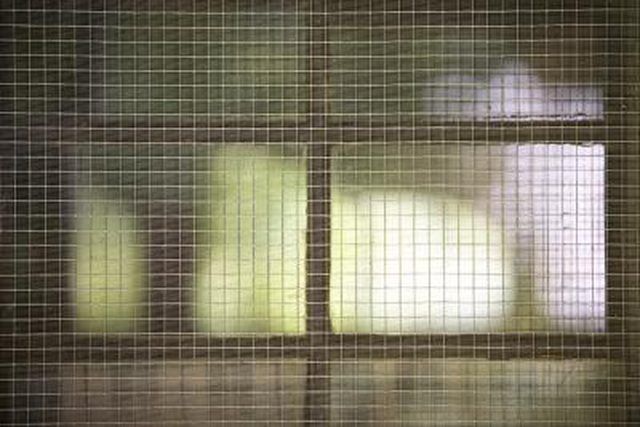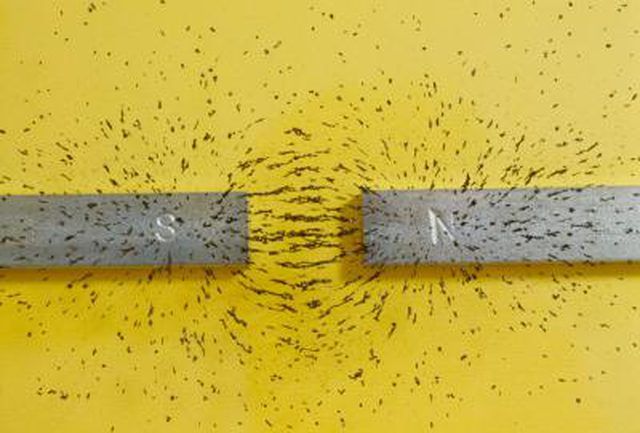Bulbs
Flower Basics
Flower Beds & Specialty Gardens
Flower Garden
Garden Furniture
Garden Gnomes
Garden Seeds
Garden Sheds
Garden Statues
Garden Tools & Supplies
Gardening Basics
Green & Organic
Groundcovers & Vines
Growing Annuals
Growing Basil
Growing Beans
Growing Berries
Growing Blueberries
Growing Cactus
Growing Corn
Growing Cotton
Growing Edibles
Growing Flowers
Growing Garlic
Growing Grapes
Growing Grass
Growing Herbs
Growing Jasmine
Growing Mint
Growing Mushrooms
Orchids
Growing Peanuts
Growing Perennials
Growing Plants
Growing Rosemary
Growing Roses
Growing Strawberries
Growing Sunflowers
Growing Thyme
Growing Tomatoes
Growing Tulips
Growing Vegetables
Herb Basics
Herb Garden
Indoor Growing
Landscaping Basics
Landscaping Patios
Landscaping Plants
Landscaping Shrubs
Landscaping Trees
Landscaping Walks & Pathways
Lawn Basics
Lawn Maintenance
Lawn Mowers
Lawn Ornaments
Lawn Planting
Lawn Tools
Outdoor Growing
Overall Landscape Planning
Pests, Weeds & Problems
Plant Basics
Rock Garden
Rose Garden
Shrubs
Soil
Specialty Gardens
Trees
Vegetable Garden
Yard Maintenance
How to Make a Vibrating Soil Screener
How to Make a Vibrating Soil Screener. Soil screeners are often used to remove large objects – such as rocks or pieces of metal ore – from soil. Sometimes the soil may clump together, or the soil may contain materials, such as sand or clay, that cause soil to stick to the objects in question. When this is the case, it may be necessary...

Soil screeners are often used to remove large objects – such as rocks or pieces of metal ore – from soil. Sometimes the soil may clump together, or the soil may contain materials, such as sand or clay, that cause soil to stick to the objects in question. When this is the case, it may be necessary to mechanically separate the objects from the soil by using a soil screener that vibrates. One way to create these vibrations is by attaching an electric motor to the soil screener.
Things You'll Need
Steel wire mesh square measuring 36 inches by 36 inches
4 wood planks measuring 1 inch wide by 4 inches tall by 36 inches long
2 wood planks measuring 1 inch wide by 6 inches tall by 36 inches long
Cordless electric drill with chuck key
1/16-inch drill bit
Phillips-head screw bit
Wood screws (2 inches long)
Corded electric drill motor
Flat iron bar, 2 inches long by 1 inch thick
1/4-inch drill bit
Metal epoxy or other suitable adhesive
Stand the 1-inch by 4-inch wood planks on edge and form a square with these planks. Place the steel wire mesh flat over the top of the square so that the mesh covers the area inside the square completely.
Place the first 1-inch by 6-inch wood plank flat so that it straddles one of the edges of the square and covers part of the wire mesh. Align the short edges of this plank so that the short edges line up with the top edges of two of the legs on the square.
Loosen the chuck on the cordless electric drill by using the chuck key. Place the 1/16-inch drill bit into the chuck and tighten the chuck to firmly hold the bit in place. Carefully drill two holes through the first 1-inch by 6-inch plank where the plank meets each leg of the square.
Loosen the cordless drill chuck, remove the drill bit, and insert the Phillips-head screw bit. Insert a wood screw into each one of the holes and tighten each screw into its respective hole. Loosen the cordless drill chuck, remove the screw bit, and re-insert the 1/16-inch drill bit into the drill. Tighten the cordless drill chuck to hold the drill bit firmly.
Place the second 1-inch by 6-inch wood plank flat on the edge of the square that is opposite from the first 1-inch by 6-inch wood plank. Align this plank so that only one inch of the plank protrudes into the center of the square. Align the short edges of this plank so that the short edges line up with the top edges of the two of the legs on this side of the square.
Carefully drill two holes through the first 1-inch by 6-inch plank where the plank meets each leg of the square. Loosen the drill chuck, remove the drill bit, and insert the Phillips-head screw bit. Insert a wood screw into each one of the holes and tighten each screw into its respective hole. Loosen the drill chuck, remove the screw bit, and re-insert the 1/16-inch drill bit into the drill. Tighten the drill chuck to hold the drill bit firmly.
Turn the rectangle over so that the wire mesh and the 1-inch by 6-inch planks are at the bottom edge of the rectangle. Place the corded electric drill motor on the top surface of the second 1-inch by 6-inch plank. Use the cordless drill to drill a hole through each of the mounting holes on the corded drill motor into the plank. Loosen the cordless drill chuck, remove the drill bit, and insert the Phillips-head screw bit.
Insert a wood screw into each of the mounting holes. Tighten each screw so that the screws hold the corded drill motor to the plank firmly. Loosen the cordless drill chuck, remove the screw bit, and re-insert the 1/16-inch drill bit.

Lay the iron bar flat. Drill a hole through the bar; this hole should be approximately 1/2 an inch away from the right-side edge of the iron bar. Loosen the cordless drill chuck, remove the 1/16-inch drill bit, and insert the 1/4-inch drill bit. Drill through the hole in the iron bar until the drill bit fits completely through the hole. Loosen the cordless drill chuck and remove the drill bit.
Use the cordless drill chuck key to loosen the chuck on the corded drill motor. Insert the 1/4-inch drill bit into the corded drill motor chuck and tighten the chuck to hold the drill bit firmly in place. Place 1/4-inch drill bit through the hole in the iron bar and slide the iron bar as far down on the bit as it will go. Apply metal epoxy – or other adhesive suitable for attaching metal to metal – to the joint where the iron bar and the drill bit meet and allow the adhesive to cure. Once the adhesive has cured, plug the drill motor into an electrical outlet to turn on the soil screener.
Tips & Warnings
If you have a large quantity of soil to screen, you may also choose to attach legs to the sides of the screener box. You can do this by attaching four equal-length wood planks to each corner of the screening box.
An electric drill motor is one of the most commonly available AC motors that can be used to create this soil screener; however, any small AC motor with an exposed rotational shaft may be used for this purpose as well.